“If you told me ten years ago I’d be asked to write about what happened after I got pregnant, I would have laughed in disbelief. I’ve always been a late bloomer when it comes to my sexuality, and when I got pregnant at 28, I was only in my second serious relationship.
My boyfriend Cameron and I have been together since 2014, and shortly into our relationship, we decided we didn’t want kids. Aside from valuing our time together, we knew our respective mental health issues would keep us from being the sort of parents a child needs.
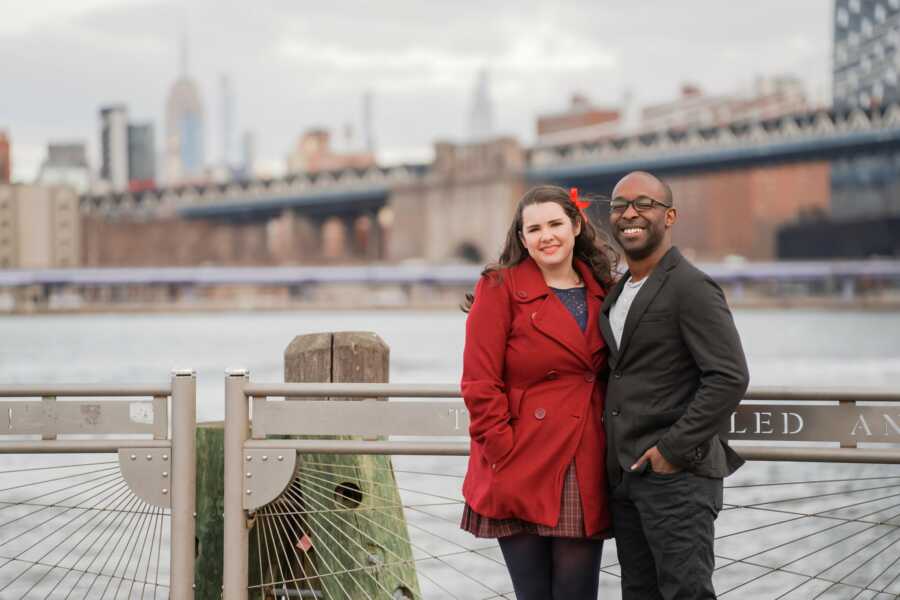
Staying childfree seemed simple enough—we’d just make sure to be safe. And we were; I got a copper IUD in 2016, after being on the pill for two years and having bad reactions to the hormones. The peace of mind was comforting, and I didn’t have any of the negative side effects others had reported.
But just to be extra careful, we usually used spermicide in tandem with the IUD. We didn’t slip up once. And yet, in late February of 2018, I found myself staring in horror at a positive pregnancy test. There wasn’t a question about what I was going to do; Cameron and I both agreed abortion was the way to go.
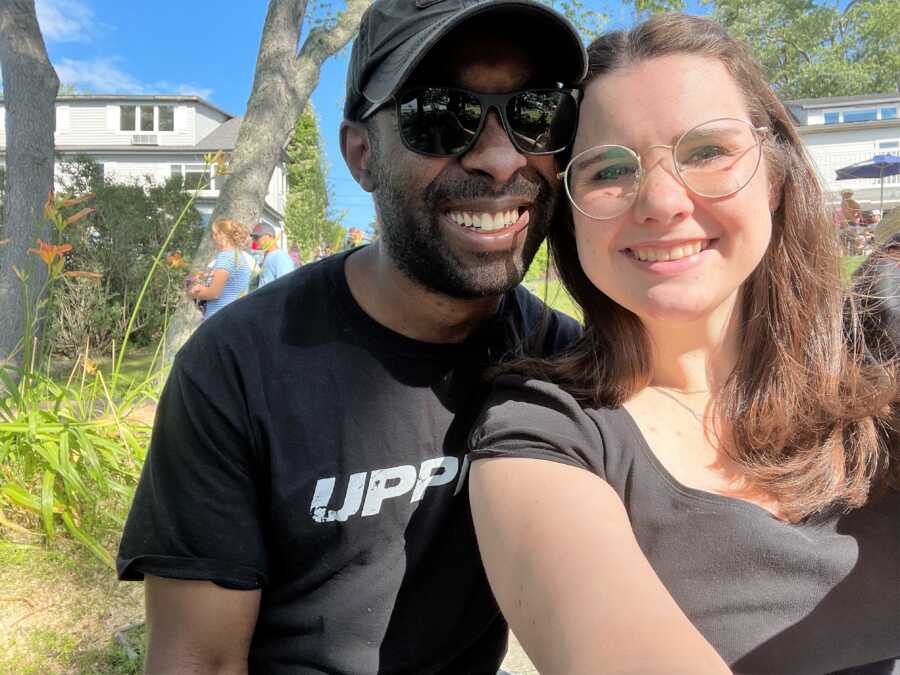
Despite living in New York City, there weren’t any appointments available for two weeks. Trying to go about my life, and concentrate while at work, was difficult when I knew there was a fetus growing inside of me. My tokophobia—fear of pregnancy—made it so my anxiety was at an all-time high. The idea a clump of cells in my uterus could eventually develop eyeballs and fingers didn’t fill me with wonder at the miracle of life—it gave me heart palpitations. The night before my scheduled abortion was the longest of my life; I just wanted it to be the next day so I could feel in control of my own body again.
The next day, Cameron and my best friend Kara accompanied me to a Planned Parenthood in White Plains, NY. To give me something to look forward to, we planned to get a dozen doughnuts after the procedure, and then find a place where I could pet some puppies. But the doughnuts and puppies were not to be. I knew something was strange when just a minute or two into my ultrasound, the tech got very quiet. I asked, ‘Just out of curiosity, how many weeks along am I?’ The tech stood up. ‘The doctor will talk to you about it,’ she said brusquely, and quickly left the room.
About a minute later, she returned and told me to get dressed, then led me to a room. I was confused because she’d taken me to an office. Surely D&C abortions involved some machines, right? A red-haired doctor met me at the door. ‘You’re going to the emergency room,’ she informed me. ‘Your pregnancy is ectopic. It’s ruptured, and you need surgery right now. I’ve called ahead to let them know you’re coming.’ She paused, then asked, ‘Aren’t you in pain?’ I shook my head. Aside from morning sickness and anxiety, I felt pretty normal. The doctor said, ‘Usually when women come in here with a ruptured ectopic pregnancy, they can’t even stand up straight because they’re in so much pain. I don’t understand what’s going on, but you need to get to the ER.’
I’ve learned since this experience most people don’t know what an ectopic pregnancy is, so here’s the Reader’s Digest version: After an egg is fertilized, it usually enters the uterus and implants itself there, where it will develop into a baby. But in the case of an ectopic pregnancy, the fertilized egg implants outside the uterus. In most cases, it stays in the Fallopian tube (called a tubal pregnancy), but occasionally implantation can happen on an ovary, or even on other organs in the abdominal cavity. And an ectopic pregnancy cannot result in a child, nor can the egg be taken from the incorrect implantation area and placed inside the uterus to continue developing.
No ectopic pregnancy is ideal, but if there is ever a ‘good’ time to take care of it, it’s as early as possible. A fertilized egg will grow and develop, even outside of the uterus, but the rest of the human body isn’t suited to host an embryo. If caught early enough, the pregnant person can take a pair of pills, which will essentially dissolve the embryo so it can’t damage the body by growing further. But in my case, my tubal pregnancy was too far along. Unlike the uterus, the Fallopian tubes aren’t made to stretch. So with just a few weeks of development, the embryo is too large for the tube, and the tube will burst. Which is the stage I was at. My left tube was destroyed, and I was hemorrhaging internally.
When an ectopic pregnancy reaches this stage, the only option is surgery. As I waited for my operation room to be set up, I wasn’t scared. I can’t stomach medical TV shows, but when my own life hung in the balance, I was totally calm. Even so, I knew I didn’t want to go through this again. When one of my surgeons came to talk to me, I asked her if while they were in there removing my destroyed left tube, they could take my right one as well. She froze. Knowing what I know now, it would have been understandable for her to advise me making such a big decision while in the middle of an emergency wasn’t ideal. But she didn’t do that.
What she did was trip over her words as she threw out other reasons why I shouldn’t be asking to be sterilized – you’re too young, what about your partner, what if you change your mind? She wasn’t comfortable doing the procedure because I was just so young. As a reminder, I was 28. Some of my peers had children who were in elementary school. How were they not too young to raise a child, but I was too young to make sure I didn’t have to? But there wasn’t much time for argument, and I wasn’t as educated on pursuing sterilization as I am now.
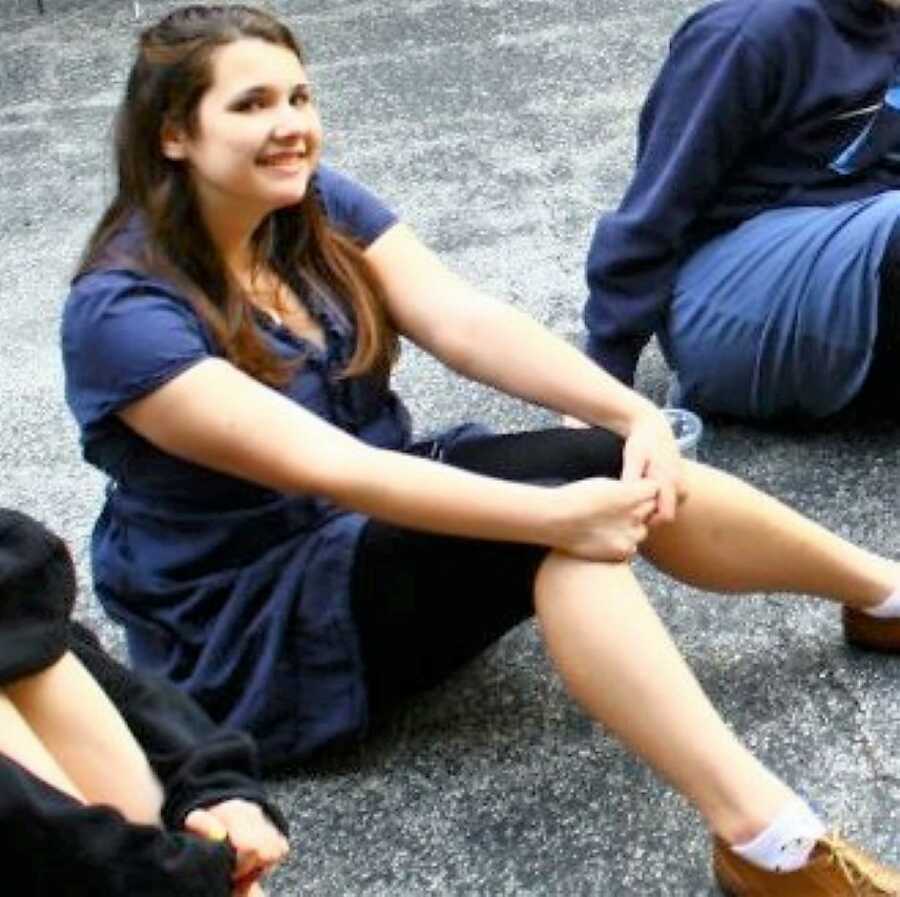
I was taken to the OR. The ruptured embryo and the destroyed tube were removed, and I ate four doughnuts on the car ride home very late that night. Once I was able to take a step back and regard the situation, there was one thing bothering me: What about my IUD? I’d had no issue with it for two years, and the failure rate of copper IUDs is 0.1%. So okay, I was one of the 0.1%…but where was the IUD? I hadn’t noticed it fall out, but it hadn’t shown up in either of my transabdominal (internal) ultrasounds. Nor had the surgeons mentioned they’d found it during my procedure.
Further Googling told me my IUD could have passed through my uterine wall and be hanging out with my other organs. Since then, I’ve had further internal and external ultrasounds and a CT scan, all in search of my IUD. No one can find it, and I’m just crossing my fingers I did, indeed, flush a $600 contraceptive down the toilet. Fast forward a year. Cameron and I had switched to using single-use contraception, but I was a little gun shy. Having one ectopic pregnancy raises your chance of getting another one by 20%, and I was petrified of it happening again.
We began to discuss permanent birth control—eg, sterilization. I’d been researching various methods, learning which ones had proven to be the most effective, and which ones to avoid. Eventually, I decided to pursue a salpingectomy—the removal of the Fallopian tubes. Of course, I was already down a tube, so I just had to convince a doctor to take out my right one. From the anecdotes I’d read online, I knew it would be hard to find a doctor to do it, but I didn’t realize just how hard it would be. First, there was the cost. A consultation for sterilization can cost about $400. Some insurance covers it, but others don’t. Mine didn’t, and I couldn’t afford to doctor-hop looking for the right surgeon.
I decided, in order to better my chance of getting a ‘yes,’ I’d wait until I turned 30 in a few months. It seemed 30 was the magical year when a woman was finally considered mature enough to make decisions about her own body…unless the decision was birthing children. She could birth children no matter how young an adult she was without being second-guessed by doctors. In March of 2020, I was newly 30 and made an appointment for my usual well-woman exam. The nurse practitioner was great, so I decided to ask her about sterilization. She heard me out and said, ‘Your reasoning is very sound. If I could, I would approve you for the procedure right now. Unfortunately, I’m not a surgeon. But let me give you the name of one of the doctors here who are most likely to say yes.’
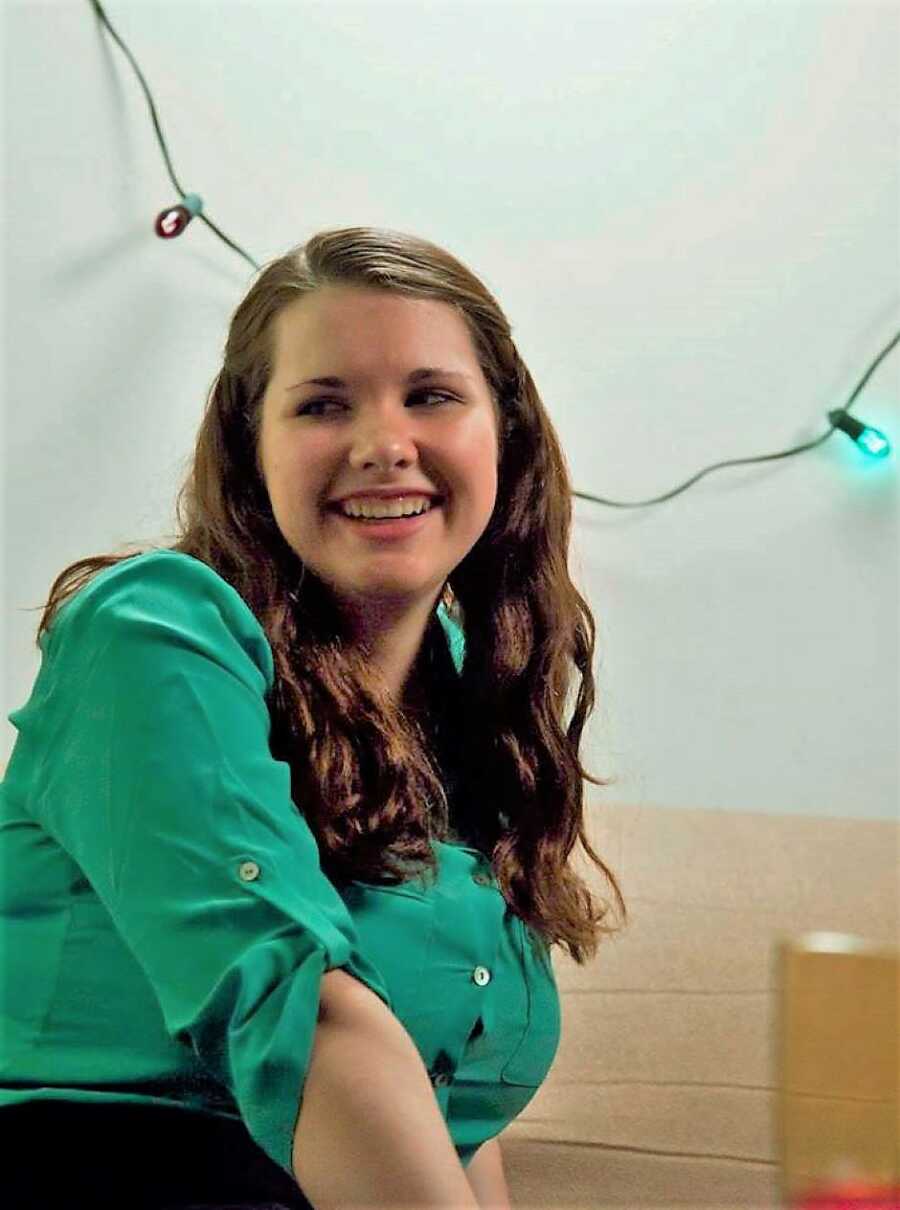
Buoyed by her positive response, I made an appointment with the doctor for a few weeks out. The first thing the doctor said when she walked into the consultation was, ‘I’ve read all about you.’ I assume she meant she’d read my file; I don’t know what she would have read otherwise. In any case, it was a strange way to open the conversation. Well, ‘conversation’ might be the wrong word for what happened this day. The doctor had come into the appointment with her mind made up; she wasn’t going to sterilize me. She wouldn’t listen to any of my reasonings as to why it was the right choice for me. She gave me the same litany of excuses – you’re too young, what about your partner, If you change your mind, I’d never forgive myself, etc.
I left the office shell-shocked. Because the nurse practitioner had been so supportive, I had gone in expecting a yes. I was 30 now! It was supposed to be the magical age! But no, according to a second doctor, an adult woman can’t possibly know she doesn’t want children. Now, let me be clear. It is a doctor’s right to refuse any procedure they don’t feel comfortable doing. However, the American College of Obstetrics and Gynecology instructs if a doctor isn’t willing to sterilize someone who asks, they must give them a referral to a doctor who will. I was not given a referral, and most people rejected for sterilization are not, either. The pandemic kept me from seeing any doctors about the procedure for over a year.
In the meantime, like everyone else, I downloaded TikTok. I got a small following for my customer service sketches, but the algorithm led me to childfree TikTok, which led to sterilization TikTok. Here were people going through my same struggle, along with some who had come out the other side and had tips and tricks for those of us who kept getting rejected. Inspired, I made a TikTok sketch about getting turned down for sterilization when I had my ectopic pregnancy. And then my TikTok exploded. The one-minute video racked up hundreds of thousands of views, eventually reaching over a million views. I gained dozens of thousands of new followers and comments—and people had FEELINGS.

About half were people encouraging me to keep going, offering advice and their stories of success. The people who made up this group were a mix of childfree people and parents. But the other half were angry. ‘Hope every doctor says no, you selfish cow,’ one person wrote. ‘Bet it’s just so you can whore around better,’ said another. Some other choice comments: ‘I hope you get killed.’ ‘Imagine not having children when there are people who struggle to do so.’ ‘You’ll regret it and go into a deep depression.’ ‘Sterilization is abortion and you will go to hell.’ ‘Too bad your mom wasn’t sterilized.’ ‘Us infertile women don’t get to breed, so you need to.’ ‘Why should you have a choice when I don’t?’ ‘This generation is so entitled.’ ‘Might as well take yourself out. You have no purpose in this world.’
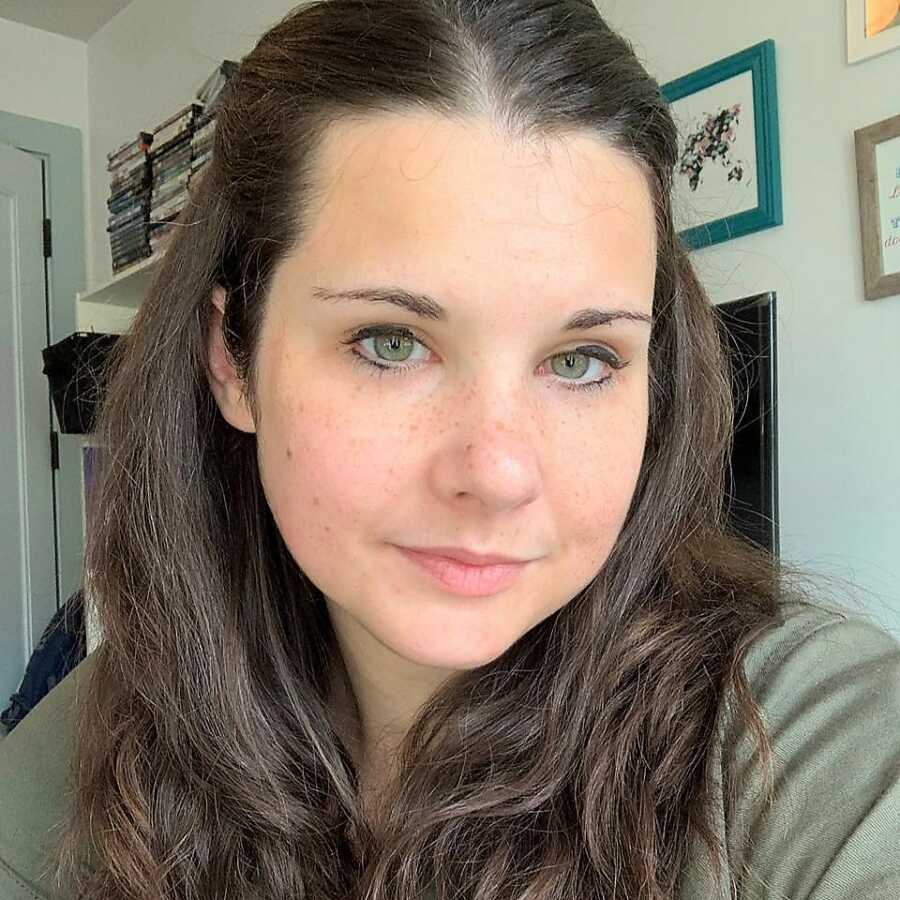
Less enraged commenters tried to give me reasons why sterilization was a bad idea. ‘Your body just goes through so much when you’re sterilized,’ one TikTokker wrote, as if one’s body can’t be permanently injured by childbirth. ‘The doctors know the regret rate is high,’ someone else commented. I decided to look into this second statement. Turns out, for people sterilized when they’re 30 or younger, the regret rate is 20.6%. Once a person is over 30, the regret rate drops to just 5.9%. For what it’s worth, the regret rate after becoming a parent is 9%…and this is just the parents who are willing to admit their feelings. But however high or low the regret rate is, life would be exhausting if we measured each and every one of our moves with how much we might regret it later on.
You can regret anything, and you won’t get through life without second-guessing at least a few choices you’ve made. Supportive commenters pointed me toward the childfree doctor’s list on Reddit. I’d long been a member of r/childfree, and the list is something to behold. An international list, divided into countries, then into states/territories, then cities. It includes the names of every reported doctor who has approved and/or performed sterilization of any kind. When I finally felt I could afford a consultation, I made an appointment to see one of the doctors on the list. A surgeon out of Weill-Cornell. I knew if I was approved, Cameron’s insurance would cover at least some of it—we’d specifically chosen a plan that covered both tubal/salpingectomies and vasectomies.
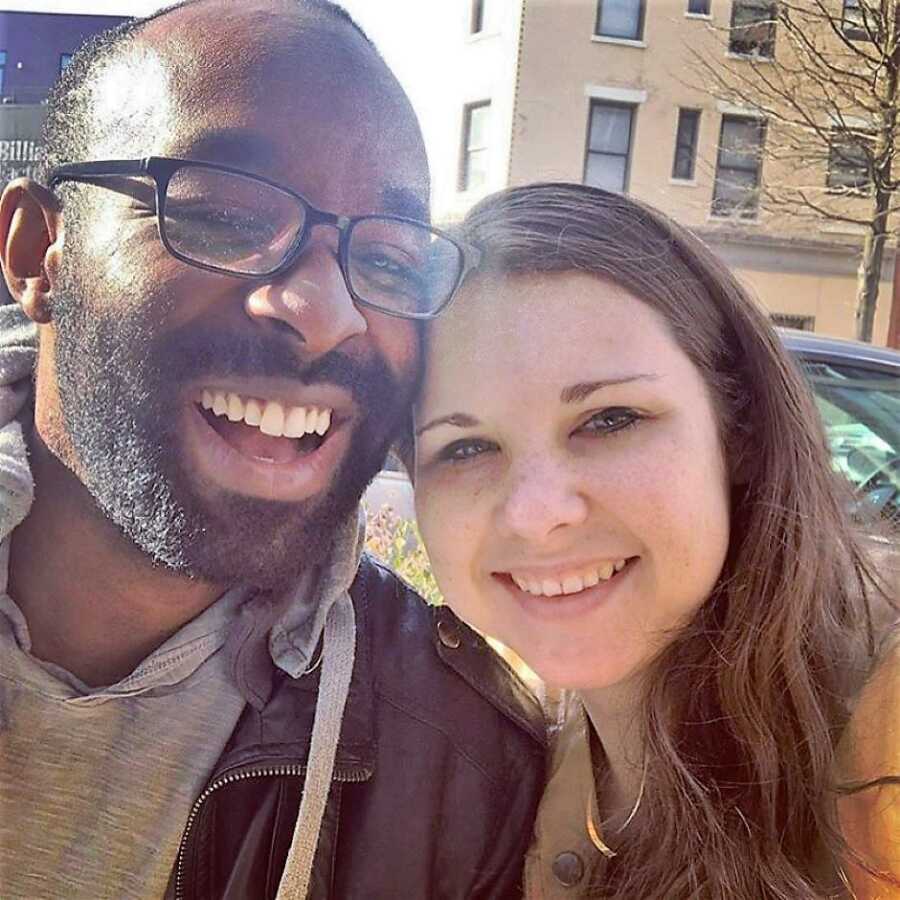
Speaking of vasectomies, many people ask why Cameron didn’t decide to get one rather than having me get sterilized. Well, he’s tried. Turns out, it can be difficult for someone ‘so young’ (33) to get approved for a vasectomy as well. But even if he’d gotten one, I’d still choose to be sterilized myself. In preparation for my appointment, I used another resource I found on r/childfree; the sterilization binder. The proposed layout provides articles to print out and include, as well as prompts for personal essays answering questions such as, ‘What will you do if your partner decides they want children?’ and ‘Why do you think sterilization is right for you?’ I spent a week composing my essays, about five of them in all, and then I went one step further—I included letters of support.
Cameron, my mother, and my therapist all wrote letters saying they supported my decision and I knew what I wanted. The purpose of these was to head off some more excuses I anticipated—aside from the usual, ‘What does your partner think?’ some have been asked, ‘What if your parents want grandchildren?’ and many have even been required to go to counseling for a year or more to prove they are mentally sound enough to make this decision. I included these in my binder and rehearsed my talking points ahead of my appointment. As it turned out, I didn’t need to do any of it. I’d actually tried to drop off my binder a week before my consultation and was told to keep it. I feared this meant yet another doctor already had her mind made up and wouldn’t sterilize me.
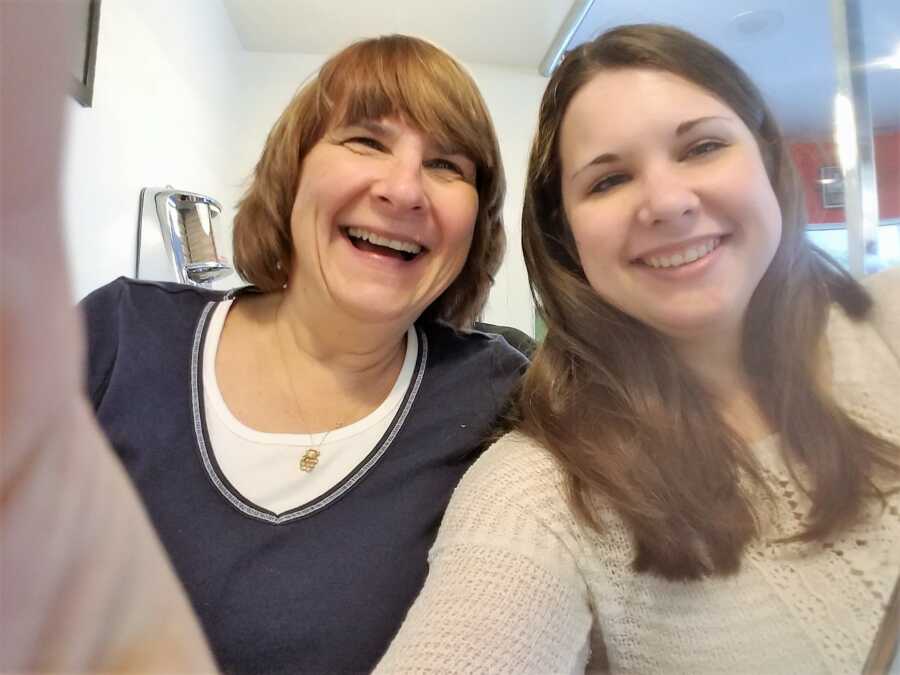
When this new doctor came into the consultation room, I tried to hand her my binder. ‘I don’t need to see it,’ she said. ‘Tell me why you want to be sterilized.’ I gave her my history of ectopic pregnancy and my inability to use hormonal birth control. She asked a few more questions about my health and then said, ‘Do you want to sign the papers now?’ She pulled a nurse in to be our witness as she went over the consent form with me point by point and explained how the procedure would go. Then we both signed and scheduled a date—July 1, 2021. Through all of this, I was posting on TikTok, showing off my sterilization binder and presenting facts about regret rates and different kinds of sterilization.
The day I was approved, I recorded myself outside the Weill-Cornell office building, giggling in disbelief, ‘SHE SAID YES!’ Plenty of trolls came out to tell me how much they disapproved of my choice, but even more people commented their support, including a lot of parents who said they wished they’d known there was a choice. My salpingectomy went without a hitch. Though I only had one tube to remove, my surgeon took a look at where my left one used to be to make sure everything was properly cleaned up and wouldn’t cause me any problems. Usually a camera is inserted in your belly button, but due to my first salpingectomy, there was too much scar tissue in mine, so instead, an incision was made a few inches below my left ribs.
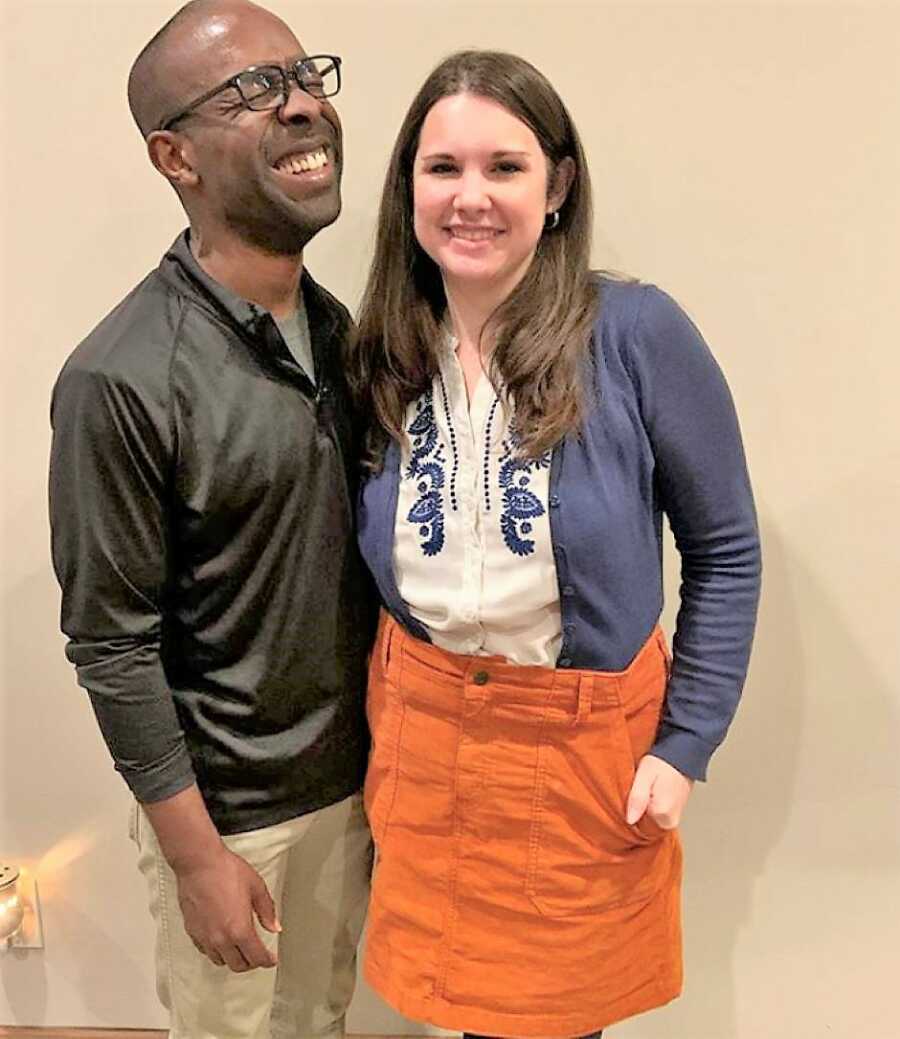
The procedure took about an hour and a half due to the scar tissue problem, but I woke up feeling just fine and left less than an hour later. Because I had a salpingectomy previously, I was familiar with the healing process and potential scarring. A few decades ago, an incision like a C-section scar would be left on a person’s bikini line after a salpingectomy. These days, all that’s left are three incisions; one in the belly button, and a thin scar on each hip about three centimeters long. After about a year, you’d never know they were there. I took some time off from work, and aside from being very tired for a few days, my healing process was unremarkable. If a person really wants, they could go back to work the day after their procedure (though it’s not recommended.)
By the time I posted on TikTok about my successful sterilization, I was used to the trolls. Now their comments were more mystifying than hurtful; why did people who did not and would never know me care so much about what I did with my body? I’ve asked some of them this question, and the few who answer tell me I am dismantling the economy, I’m betraying infertile people, and the birthrate of America will tank because of me. I’ve never felt so powerful; who knew I alone controlled the American economy and birth rate? But I had no idea I would soon be exposed to the disapproval of the entire Western world.
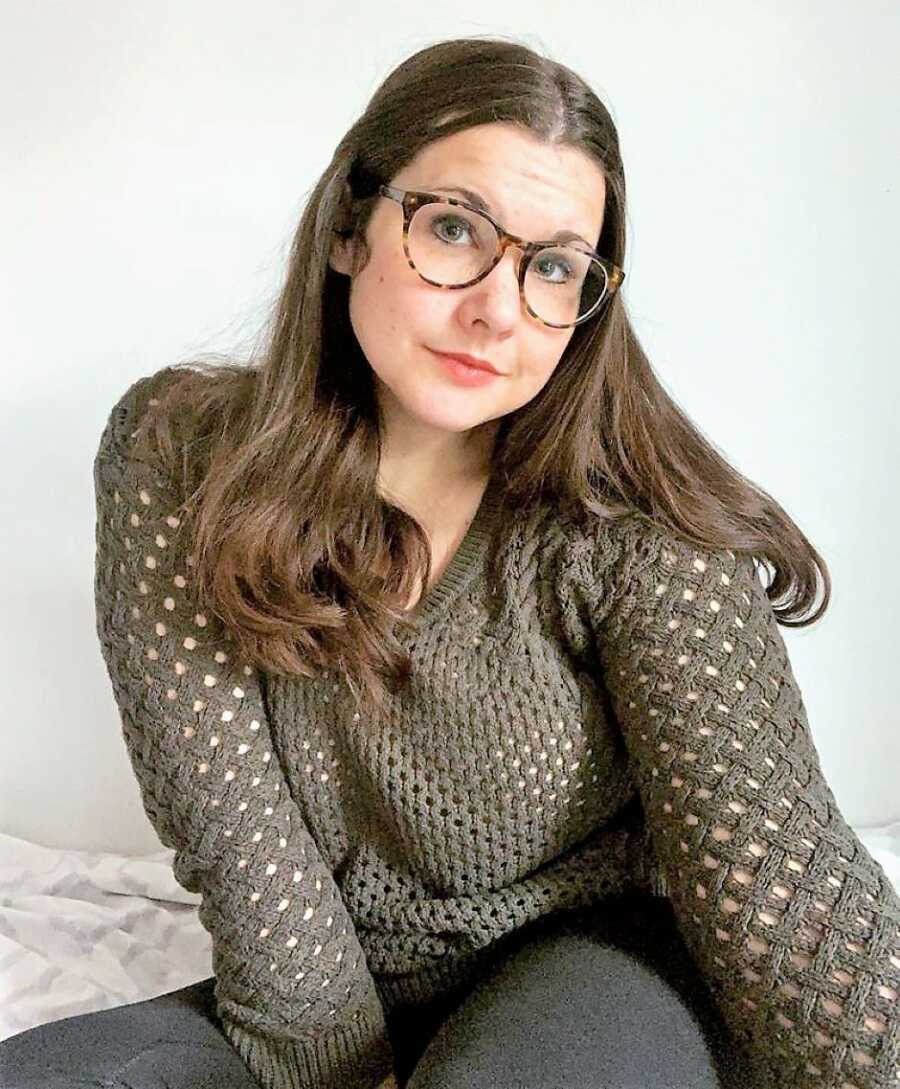
In September, I was contacted by a reporter from Common Sense, who also planned to publish in the New York Post. She wanted to talk to Cameron and me about the choice to sterilize, and we happily spent a few hours telling our story. It was flattering someone wanted to know what I’d been through, and we told the reporter everything. But we were just two of six people featured in the short article, so of course, not every detail could be included. In fact, most of the details weren’t included. After the story was published in Common Sense and the Post, it was picked up by the Daily Mail, the Telegraph, and the Illinois Family Institute, among others. The piece was referenced in a handful of podcasts, Rolling Stone, and NewsMax, to name a few.
People from all corners of the world took to the comment sections to tell me and the five other women featured in the article we were pathetic. We were mentally ill. We’d regret it when we were old and had no one in our lives! We were advised taking our own lives would be the best course of action for everyone. Frighteningly, most of the people making these hateful comments are currently raising children. Since the Common Sense article came out, I’ve continued to be an advocate on social media, telling my story and answering questions about the process. Cameron and I have done other interviews, and I’ve done a few on my own. The detractors don’t bother me much, and dealing with them is worth it when I get a comment telling me I’ve helped someone realize what they want.
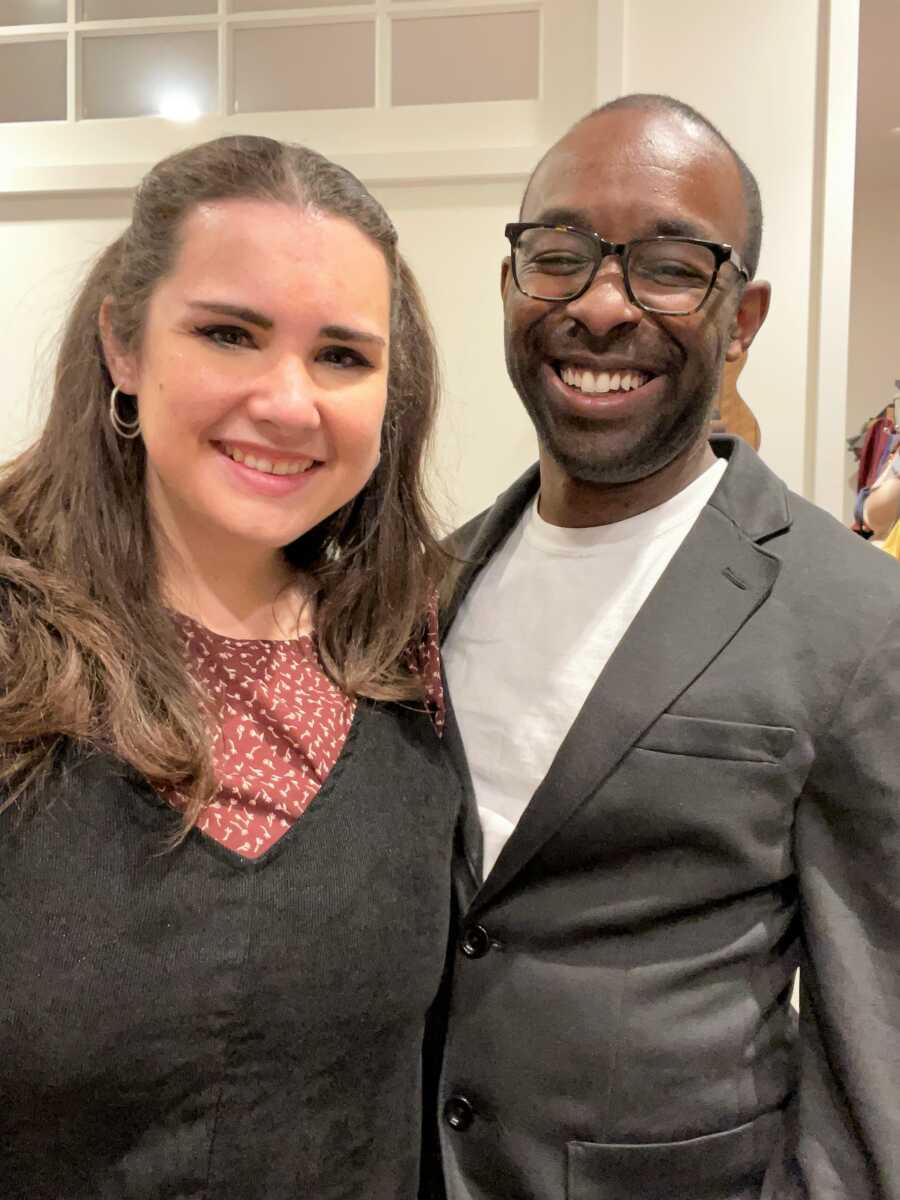
A few months ago, I got a Facebook message from a high school friend of mine who was pregnant with her third child. ‘I wouldn’t change my situation,’ she wrote, ‘But I wish I had known when I was younger that another path existed. I wish people knew womanhood is not intrinsically linked to motherhood. Children are a wonderful choice, but they should be considered that: a choice.’ Whether someone chooses to have kids or not, the goal is to allow people to exercise autonomy in every part of their lives. To be able to choose what is best for them, not what they feel they have to do. It’s a big deal to bring a new human into the world, even more so when you’re only doing it because you felt like you had to.
Being childfree is just another life choice, like choosing where to live, whom to share your life with, and what career you want to pursue. There’s no wrong answer, especially when your choice affects only you. My hope is in a few years, someone will come across this article and wonder why being childfree was ever considered a big deal.”
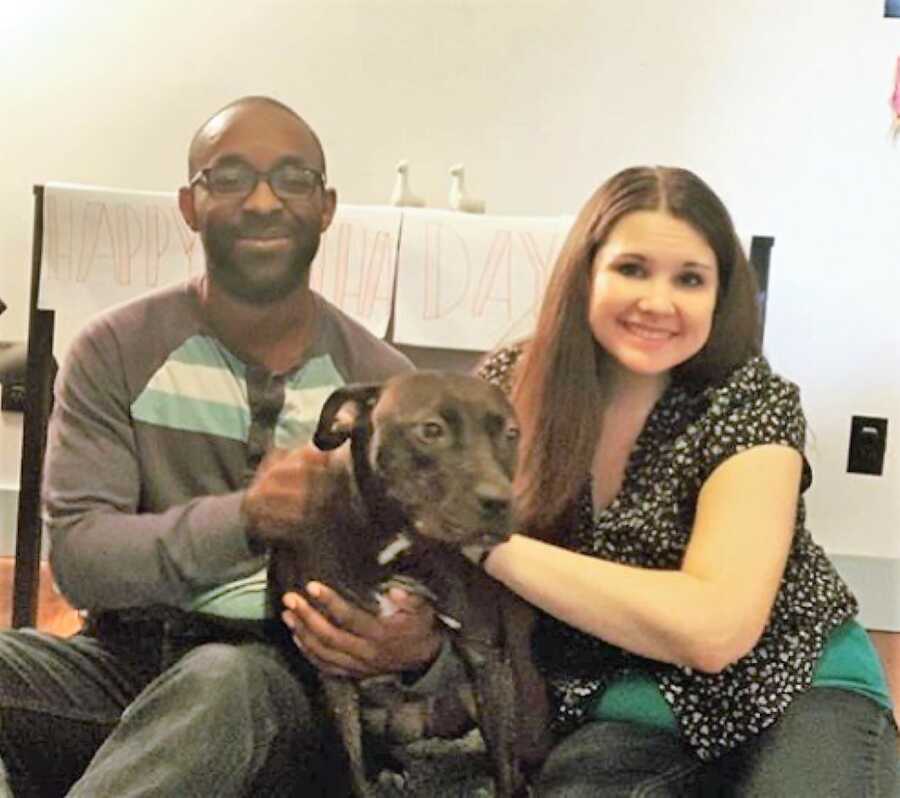
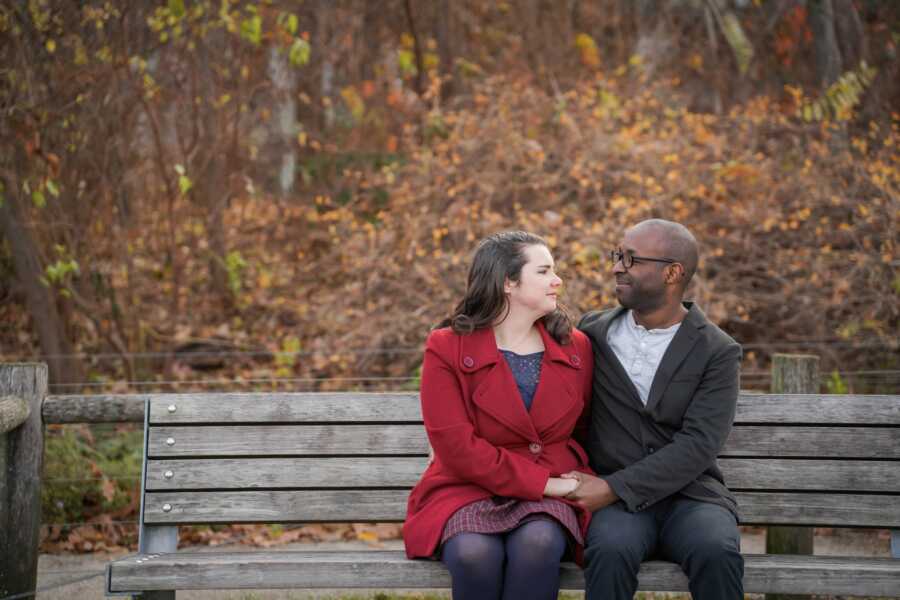
This story was submitted to Love What Matters by Rachel Diamond. You can follow their journey on Instagram, TikTok and Twitter. Do you have a similar experience? We’d like to hear your important journey. Submit your own story here. Be sure to subscribe to our free email newsletter for our best stories, and YouTube for our best videos.
Read more stories about childfree lives here:
Do you know someone who could benefit from reading this? SHARE this story on Facebook with family and friends.

